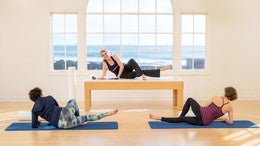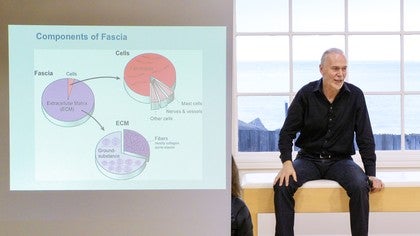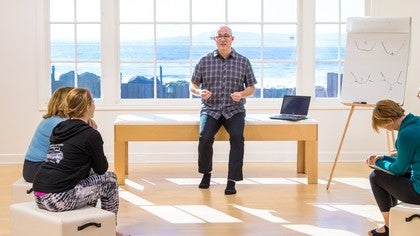Premium workshop
You can view a 2 minute preview. For details, scroll down below the video.
Description
Objectives
- Learn the differences between the anatomical and functional definitions of fascia
- Learn how fascia therapy can be used to help with pain in some people
- Learn how to assess body types and then what exercises are most beneficial
About This Video
Workshops: Anatomy and Fascia
Comments
You need to be a subscriber to post a comment.
Please Log In or Create an Account to start your free trial.


















